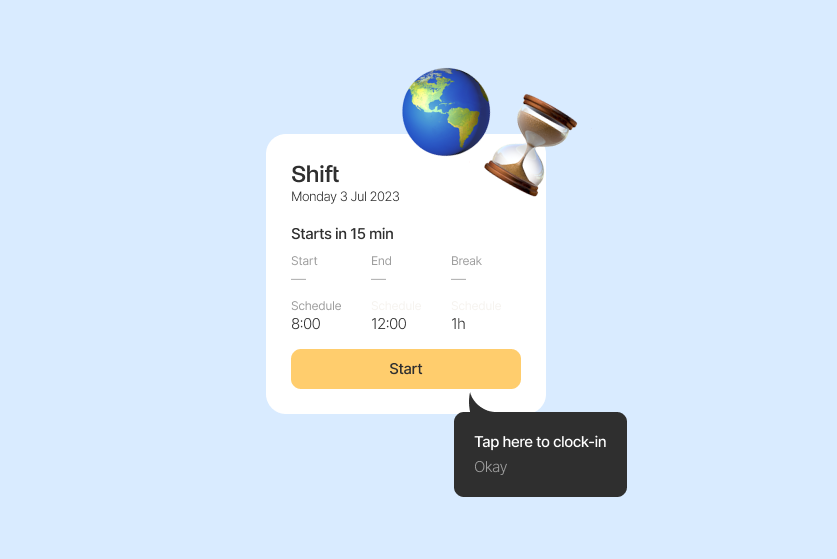How does working pattern affect holiday entitlement?

For majority of employees, time management is straightforward. If your employee works the same hours every day – it is likely that you know exactly how much holiday they are getting. The complexities come in when an employee is not working a regular schedule.
Regular contracts
Somebody who works same hours every day of the work week, as the rest of the company can be regarded to as a regular employee. In England it is a legal requirement to grant 5.6 weeks of paid leave, inclusive of any public holiday. In Germany it is a minimum of 4 weeks and any public holiday on top of that. In Austria it is at least 5 weeks off, plus 13 public holiday days.
Examples of regular working patterns
Irene works Monday through Friday, same hours every day:

How to calculate allowance for regular working pattern employees
| Number of work days per week * Number of weeks legally required |
It is advised to track time off for employees like Irene based on days. That is simply because for Irene each day has the same value of hours. For example, if Irene was based in Oxford, UK – her minimum entitlement for a full year would be 5.6 * 5 = 28 days.
Non-regular contracts
When you have workers that are contracted to work a fixed number of hours each week but not the same number of hours each day – they can be regarded to as employees with a non-regular working pattern. The entitlement for paid leave remains the same, so you must ensure that at minimum the statutory
Examples of non-regular working patterns
Michael works Monday through Thursday, full day (8h) on Monday and Tuesday and part-time (4h) on Wednesday and Thursday.

How to calculate allowance for non-regular working pattern employees
It is advised to track time off for employees like Michael based on hours. That is because each working day is not the same length, so depending on which days he takes off as leave, it will either be 8 hours or 4 hours from his total leave entitlement. And if allowance is granted in days, employee may take advantage and take holiday only on longer hour days. Therefore, the correct approach to establishing allowance would be to calculate the entitlement in days (based on work days) and then convert it into hours (based on average work hours).
First, determine leave in days:
| Number of work days per week * Number of weeks legally required |
Michael’s entitlement is 4 days * 5.6 weeks = 22.4 days
Next, convert leave into hours:
| Holiday entitlement * (Hours worked per week / Days worked per week) |
22.4 days x (24 hrs / 4 days) = 134.4 hours a year
How does public holiday play into calculating allowance?
If your company treats public holiday as a non-working day and you usually count it into the general holiday allowance for your employees, you should review how you treat workers on non-regular schedules. To avoid unfair treatment you should pro-rate public holiday allowance for those workers.
For example, Aisha works Tuesday to Thursday. If there is a Public Holiday falling on Monday, she will technically miss it as it is not her working day. This public holiday that falls outside of the regular schedule should be added back to Aisha’s paid holiday allowance, as everyone else in the company got to enjoy this holiday and still got paid for it.

How to calculate public holiday allowance?
| Public holidays in a year * ( Days worked per week/Full time work days per week) |
Therefore, in Austria, Aisha’s prorated public holiday allowance would come to 13 * (3/5) = 7.8 days
Conclusion
It is important to acknowledge how different working patterns may affect your employee’s holiday allowance. In order to be fair and ensure your workforce stays happy and well-rested you should review how you calculate allowances. Zelt takes care of all those challenges for you, together with any mid-year changes. So you can be assured – your employees are taken care of!


